Your cart is empty
WORDS BY Kieran Mulvaney
PHOTOS BY Max Lowe
ORIGINALLY PUBLISHED IN MODERN HUNTSMAN, VOLUME THREE: WILDLIFE MANAGEMENT
The polar bears arrived in early February, circling the outskirts of Belushya Guba before venturing into the village itself. Within a week, more than 50 bears had been counted in the settlement, in the Russian Arctic archipelago of Novaya Zemlya: wandering the streets, forcing their way into buildings, and reportedly acting aggressively toward anybody unfortunate enough to encounter them. On February 9, authorities issued a state of emergency, which remained in place for nine days, until the last of the bears had been driven away.
Three months earlier and 3,500 miles away, photographer and filmmaker Max Lowe was visiting Churchill, Manitoba, to work on a film project and hoping, during his visit, he would find and film some polar bears. “Within an hour of arriving, driving into town from the airport, there was our first bear,” he laughs. From mid-to-late October and lasting deep into November, about one- third of the local population of approximately 900 polar bears passed through or around Churchill, and the evening skies would frequently echo with the sound of cracker shells — blank shotgun rounds that produce an especially loud bang — being fired to deter any found wandering through the town’s streets. But there was no state of emergency, no panic, and no bears breaking through windows or doors.
“It’s kind of like going back in time and living with dinosaurs,” marvels Lowe. “I’ve never been anywhere else in the world where you have to be constantly aware of an apex predator out there that would be totally comfortable killing and eating you.”
To be fair, the situations in Novaya Zemlya and Manitoba are not entirely analogous. Belushya Guba’s events were unprecedented and unwelcome. Churchill dubs itself the “Polar Bear Capital of the World” and thrives on the tourists that flock to the town every year to watch polar bears up close. But they underline the fact that for communities in the Arctic, polar bears are far more than stars of David Attenborough documentaries. Their presence can be a very real element of everyday life, and the different ways in which communities respond to their presence are increasingly under the microscope at a time when encounters between polar bears and humans appear to be on the rise.
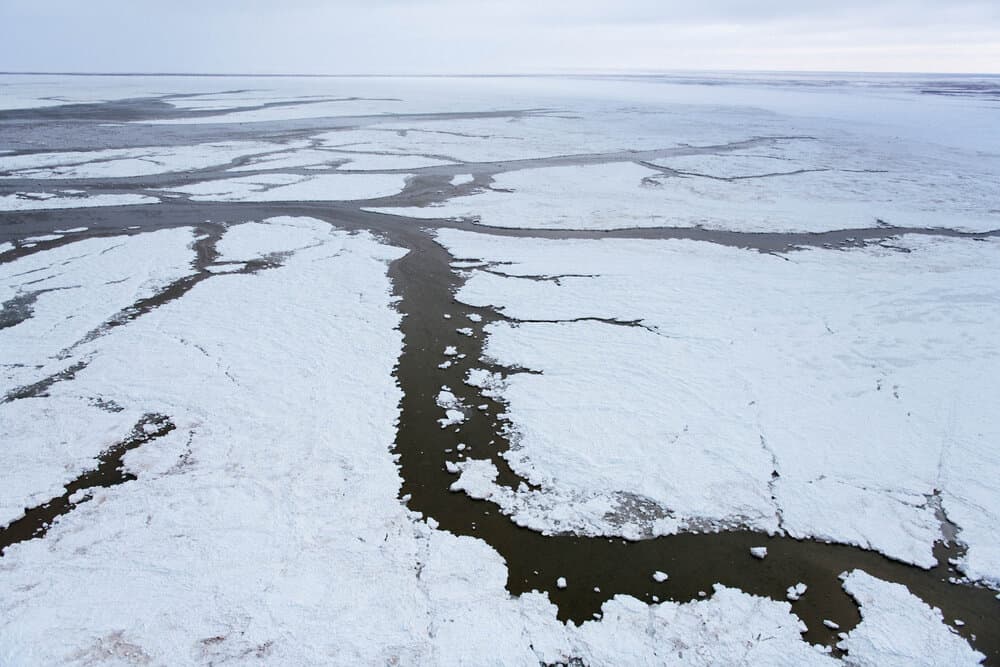
Polar bears sit at the top of the Arctic Ocean food web, and the key to their dominance is sea ice. Algae that grows on the underside of sea ice sustains and nurtures life below, from plankton all the way up to the seals — particularly ringed and bearded seals — that constitute the bulk of the polar bears’ diet. Ringed seals use sea ice to build pupping dens, and carve breathing holes with their long claws in the ice to which they repeatedly return. Polar bears wander for miles across that ice in search of both, particularly relying on a long spring, when ice seals are pupping. “This is when they can feast on naïve and less adept prey: young seals,” explains Geoff York, a polar bear biologist and Senior Director of Conservation for Polar Bears International (PBI), a research and education organization.
Each spring and summer, as the ice of Canada’s Western Hudson Bay melts, its polar bears come ashore and rest for several months. When the temperature falls, and the bears sense the ice may soon form anew, they rouse themselves and return to the bay’s fringes to wait for it to freeze. During their pilgrimage they find Churchill, and other communities, along the way.
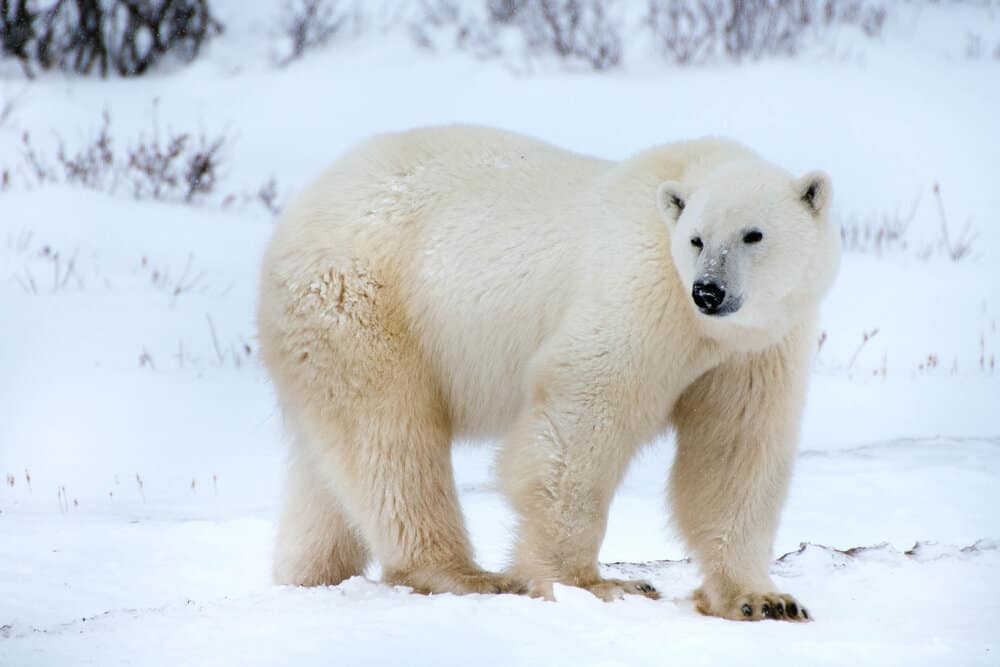
“If you were to build Churchill today, you would never put it where it is from a polar-bear-safety perspective,” explains York. For much of its modern history, Churchill responded to being in the path of polar bears in a simple and direct manner.
“When I was growing up, it was common for conservation officers to shoot 25 bears a season,” Mayor Mike Spence told me during a recent visit to the town.
But since 1983, Churchill has implemented a system for greatly limiting polar bear-human interactions known as the “Polar Bear Alert” program. Dedicated conservation officers are assigned to the town and an emergency phone number — displayed prominently around town — allows residents and visitors alike to report bear sightings. Officers then deploy an escalating scale of deterrence and removal for miscreant bears, from being chased out of town with cracker shells to being drugged and kept in a purpose-built “Polar Bear Jail” for up to 30 days. Although they still happen, serious incidents are rare, and there has been just one fatality since the program began.
Throughout the species’ range, polar bear attacks on humans are not common, certainly relative to our encounters with other bears. Stephen Herrero of the University of Calgary and Tom Smith of Brigham Young University recently catalogued all known bear attacks in Alaska between 1880 and 2015; they found that, of 682 such events during that time, grizzlies were involved in 88 percent, black bears 11 percent and polar bears just one percent. As Herrero, author of the seminal book Bear Attacks: Their Causes and Avoidance, and co-author Susan Fleck observed in a 1990 paper, data “supports the conclusion that polar bears, especially males, can be predators on people. The data also shows that such attacks are rare.” Smith expressed the view more bluntly to me as we ate dinner on the tundra outside Churchill several years ago. “People talk about polar bears stalking and eating humans. Well, if that’s so, they’re doing a pretty poor job of it.”
One obvious reason is that the opportunities for humans and polar bears to have such interactions may be more limited than with grizzly or black bears, given the former’s predilection for spending months at a time on sea ice. But there may also be behavioral differences between the bear species that account for some of the discrepancy. Unlike brown and black bears, for example, polar bears are not territorial, as some roam thousands of miles annually across a shifting icescape that historically contained abundant prey, and therefore do not have the compulsion to attack “intruders.” In fact, despite being sometimes referred to as the most aggressive of bears, they are notoriously risk-averse, possibly because, being obligate carnivores, they must remain healthy to successfully hunt seals, and so any injury could prove fatal. This is reflected in observations of brown and polar bears feeding together on whale carcasses in Alaska; despite being considerably larger than their relatives, the polar bears consistently retreat when grizzlies show up.
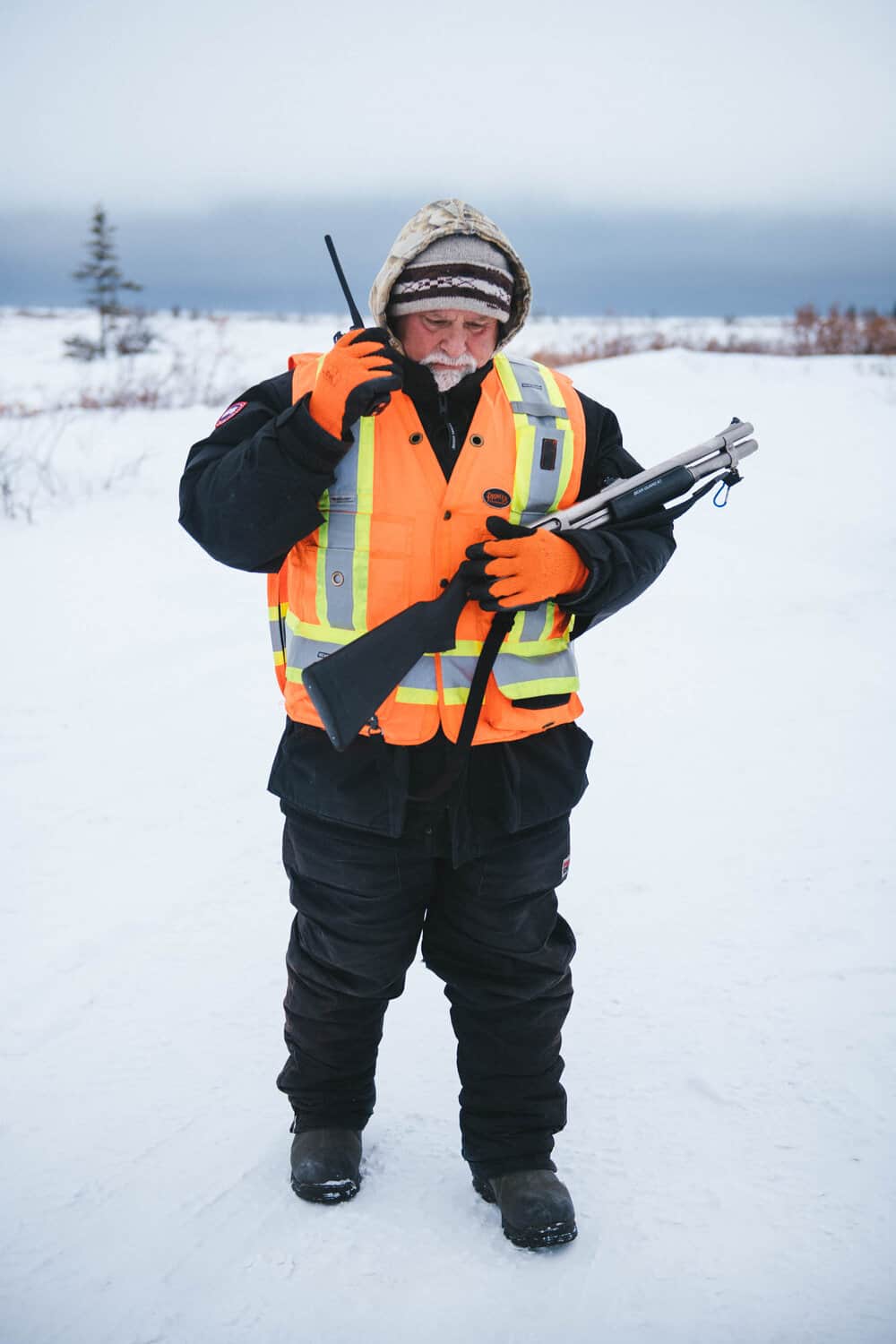
Those polar bear attacks that do occur have, at first glance, a multitude of causes, –including being at the wrong place at the wrong time. Human behavior sometimes plays a part: seeing a bear and running can trigger a predatory response, for example. So, too, does the presence of food rewards, as Churchill’s polar bears would frequent the town’s dumps until the last one was closed in 2005. The Belushya Guba incident seems to have been caused by a perfect storm of bears forced to stay on land longer than usual because of a late freeze of sea ice, and being drawn into town and encouraged to stay by an abundance of food waste.
But, according to the authors of a study that examined all known recorded polar bear attacks between 1870 and 2014, amid the apparent statistical noise and randomness, one category of attack occupies a clear plurality. Sixty-one percent of bears that attacked humans — and 65 percent of bears whose attacks were adjudged to have been predatory in nature — were in below-average body condition. The overall numbers, again, are small: a total of 73 attacks over a period of 144 years, resulting in 20 fatalities and 63 injuries. But 15 of those occurred from 2010 through 2014, suggesting a considerable uptick. Over the entirety of the study period, 68 percent of attacks took place between July and December — when sea ice is at its lowest extent — and since the start of this century that figure has leaped to 88 percent. Notable, too, is an earlier study showing similar trends in Churchill, including an increase in encounters, despite a clear decline in the size of the Western Hudson Bay population.
To scientists, the inference to be drawn is clear. “As ice retreats more each year and as the timing of spring melt becomes less predictable, more polar bears are pushed onshore in more places and for longer periods of time,” says York. And because they are spending less time on the ice, they are spending less time hunting. Accordingly, they are more likely to be in below-average body condition — or, frankly, to be hungrier — and more prone to take the risk of wandering close to human communities and interacting with people.
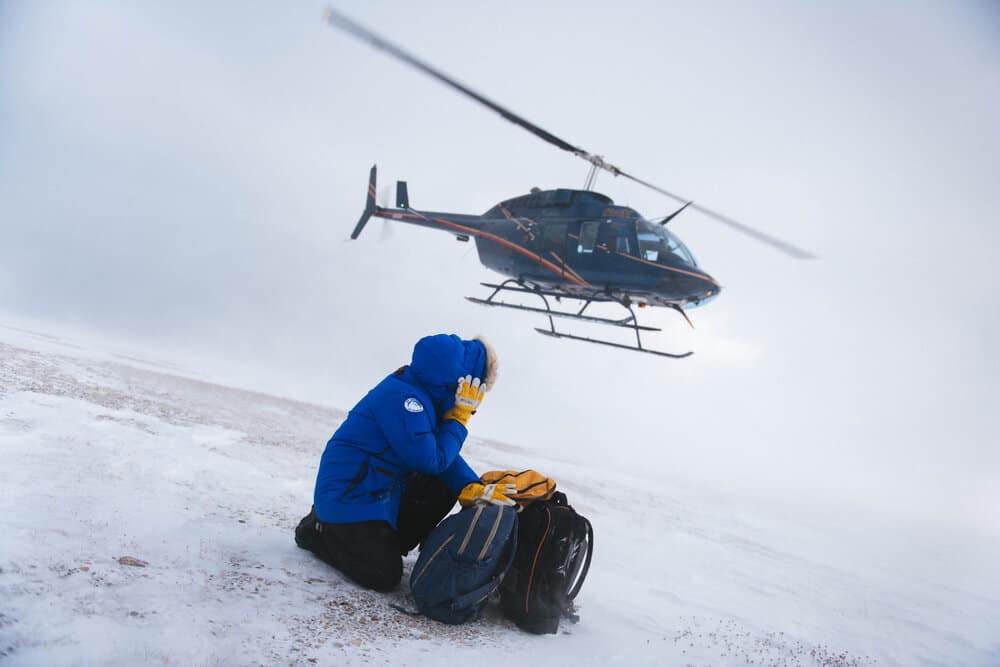
On July 3, 2018, Aaron Gibbons and his three children were enjoying a day out at a popular hunting and fishing spot near the settlement of Arviat in the Canadian province of Nunavut, when they saw an approaching polar bear. Seeing the bear begin to stalk one of his children, he ordered them into their boat and put himself between them and the approaching predator. The bear attacked and killed him as the children called for help over CB radio. Other adults who were nearby rushed to the scene and shot it dead.
Gibbons was the first person to be killed by a polar bear in Nunavut, a sprawling province north of Manitoba, in 18 years. Six weeks later, it happened again, a mother bear killing Darryl Kaunak, a local husband and father who was hunting for caribou with two companions, at their camp site near the community of Naujaat at the northwestern tip of Hudson Bay.
For Inuit communities in the province, the back-to-back attacks hit hard, and prompted angry reactions from residents who said the incidents highlighted a growing threat to their safety and a lack of response from their regional wildlife managers.
Brian Aglukark, a hunter from Arviat who was one of the first to respond to the attack that killed Gibbons, wrote in a public Facebook post a few days afterward that, “In the absence of a system that protects Inuit […] when I come across a polar bear while I camp, while berry picking, fishing, hunting an animal or marine mammal, I shall without remorse, guilt or thought of the management systems in place – kill the polar bear and leave its carcass where it fell.” The management system in question is Nunavut’s polar bear quota; for 2017 – 18 it was set at 497 across the province, divided among multiple communities. While it is illegal to kill a polar bear without possessing a hunting tag, an exception is made for defense of life and property — although any such kills above and beyond the community’s hunting quota are subtracted from the following year’s permitted harvest.
In the wake of last summer’s two attacks, there is a growing sense in some communities that polar bears have been acting emboldened. “These bears seem to have no fear at all in human activity,” Aglukark told the Canadian broadcaster CBC. Others go further still, arguing that it isn’t just polar bears’ boldness in the region that is growing.
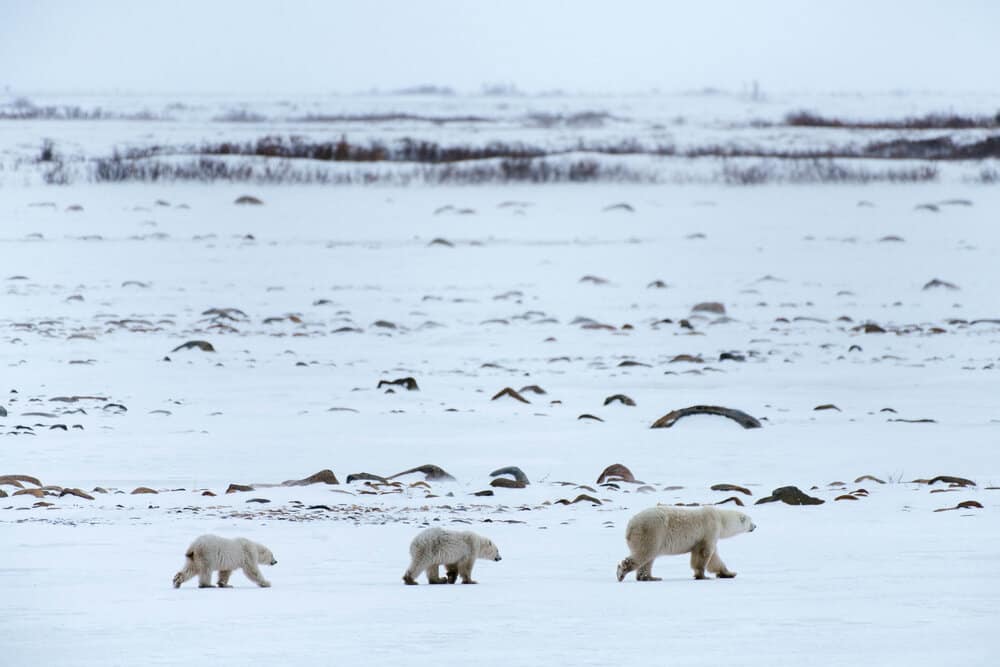
In an April article in the Canadian journal Macleans, writer Aaron Hutchins quotes a hunter from Naujatt, Laimmiki Malliki, who asserted to Hutchins that Nunavut’s polar bears “are increasing in numbers.” This stands in direct contrast to scientists’ calculation that, for example, the Western Hudson Bay sub-population (which includes the bears found around Arviat as well as those in Churchill) has declined by approximately 30 percent since 1987, a discrepancy Malliki explained away by offering that, “Scientists live down south. They come here a week or two and are back down again. They don’t know anything about the North.”
“Inuit believe there are now so many bears that public safety has become a major concern,” stated a draft polar bear management plan issued by the Government of Nunavut in November 2018. “Public safety concerns, combined with the effects of polar bears on other species, suggest that in many Nunavut communities, the polar bear may have exceeded the coexistence threshold.” The plan openly leaned on Inuit traditional knowledge, stating that it, “acknowledges that polar bears are exposed to the effects of climate change but suggests that they are adaptable.” In the words of a submission from the Kitikmeot Regional Wildlife Board: “We know what we are doing, and Western science and modelling has become too dominant.”
That kind of reaction naturally sets alarm bells ringing in the scientific community and creates concern that for bear populations such as Western Hudson Bay which, they worry, is not only at risk from climate change, but also from a harvest that may become unsustainable. While the draft plan did not propose increasing hunting quotas immediately, it did offer that “management objectives … could include managing polar bears for a decrease.” A follow-up proposal in March, critics worry, is effectively a backdoor way of doing just that. At present, the Nunavut quota is sex-selective. With the exception of one sub-population, it allows for the killing of two males for every female. The scientific rationale is derived from the lengthy time females spend pregnant and raising young, which can total more than three years, and the fact that one female may mate with multiple males, meaning that a population can theoretically withstand the loss of more males than females. However, in response to Inuit concerns that this effectively removes mature males and potentially leaves less- predictable, younger animals, the new policy proposes a ratio of one male for every female across the province. The new proposed policy would also remove defense kills from harvest quotas.
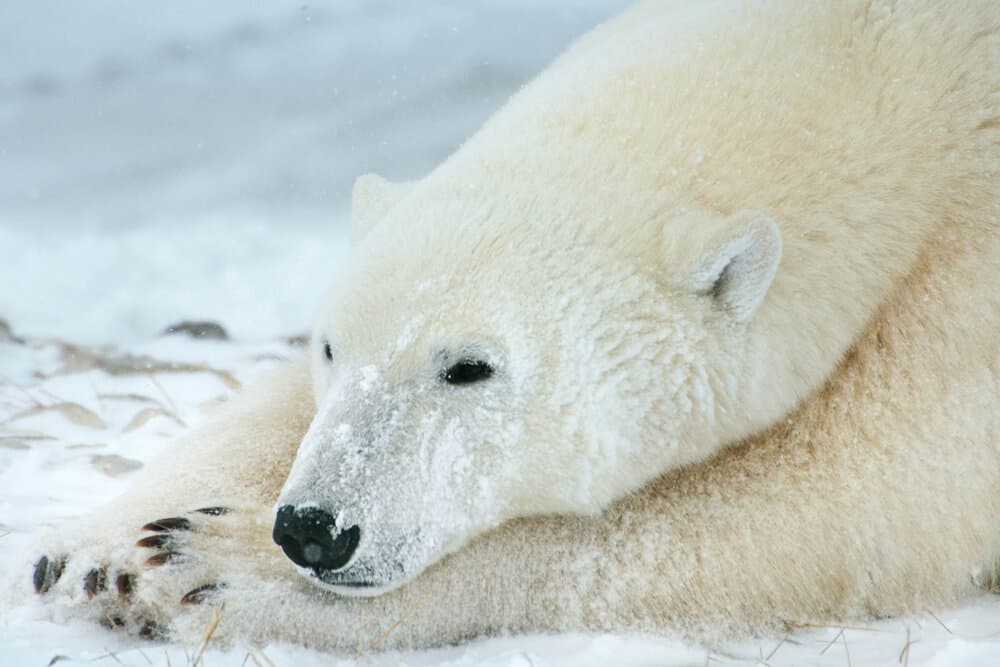
“From a management perspective, implementing such a policy on a broad scale, without giving consideration to long-term management goals and regional conditions — such as what number of polar bears is considered a “safe” number — may simply push some sub-populations of polar bears closer to the edge,” worries PBI’s York. “And it might not prove that effective in making communities any safer, as long as the prevailing conditions remain, which is one reason why Churchill shifted from a “shoot-on-sight” approach to a more comprehensive safety program almost 40 years ago.”
Scientists are also concerned that regional and annual variability in population and sea ice conditions are not taken into account. For example, the ice in Western Hudson Bay, where Gibbons was attacked, is less stable and the population of polar bears is in a documented decline. Just to the north in Foxe Basin, where Kaunak was tragically killed, there is much more stable sea ice and a healthy, large polar bear population. And while 2019 was a typical cold winter in the central Canadian Arctic, Alaska and eastern Siberia set all-time records for high temperatures and early sea ice melt.
However, there has been a lot more cooperation and mutual understanding than some of the more fiery invective would suggest. Federal wildlife biologists are working with their regional counterparts and communities to grind through options and outcomes from the proposed changes, taking into account safety concerns expressed in Nunavut. The government of Nunavut is concurrently investing in conflict reduction efforts across their communities. NGOs are also stepping up: World Wildlife Fund (WWF) and PBI recently co-sponsored a regional conflict workshop for Hudson Bay communities that brought people together to share concerns and solutions. WWF also funded a polar bear program in Arviat for several years that was essentially a trimmed-down version of the one in Churchill. PBI is both working with the community of Churchill on safety messaging and adoption of bear resistant waste cans and is in the early stages of trialing a bear detection system, using former military technology, that can be used to spot polar bears approaching the perimeters of a community.
There’s no question that the events of last summer have put many communities in the North on edge and in the mood for immediate action, and there is widespread recognition that it will require mutual understanding and trust if all those involved are to secure the twin goals of ensuring the safety of the communities while protecting Arctic ecosystems, and the wildlife — including polar bears — that live in them.
“These are complex issues occurring at a time of rapid environmental change across the Arctic,” notes York. “They will require thoughtful, flexible, and diverse solutions as conditions and cultures vary considerably along with local tolerance for living with predators.” The scientific link between increased encounters, hungrier polar bears and diminishing sea ice may be clear; but, he acknowledges, that does not obviate the very real concerns of those who are experiencing the consequences of those linkages. “What scientists determine to be the ecological carrying capacity for a species may be very different from the social carrying capacity: the population level with which those who are living with a predator can coexist. That is not unique to the Arctic. Simple, one-size-fits-all solutions, or blanket condemnations, will do little to advance the dialogue.”
It’s something to which Max Lowe has found himself giving much thought after spending time with both polar bears and the people who live cheek-to-jowl with them. “There’s a natural world that we live in reverence and awe of, but we don’t always take the time to consider what it actually means to exist in that environment that this animal subsists in, what the people who have to live in this environment have to contend with on a daily basis,” he notes. “It’s something we face in Montana, with wolves, and anywhere where you’re bumping against a wild world that isn’t completely harnessed. There’s always going to be that tension. If we support those communities and work with them to develop solutions that fit within how they are comfortable, while putting more responsibility in their hands, then hopefully we can lift them up and protect them, while also managing to keep polar bears around for the global good.”
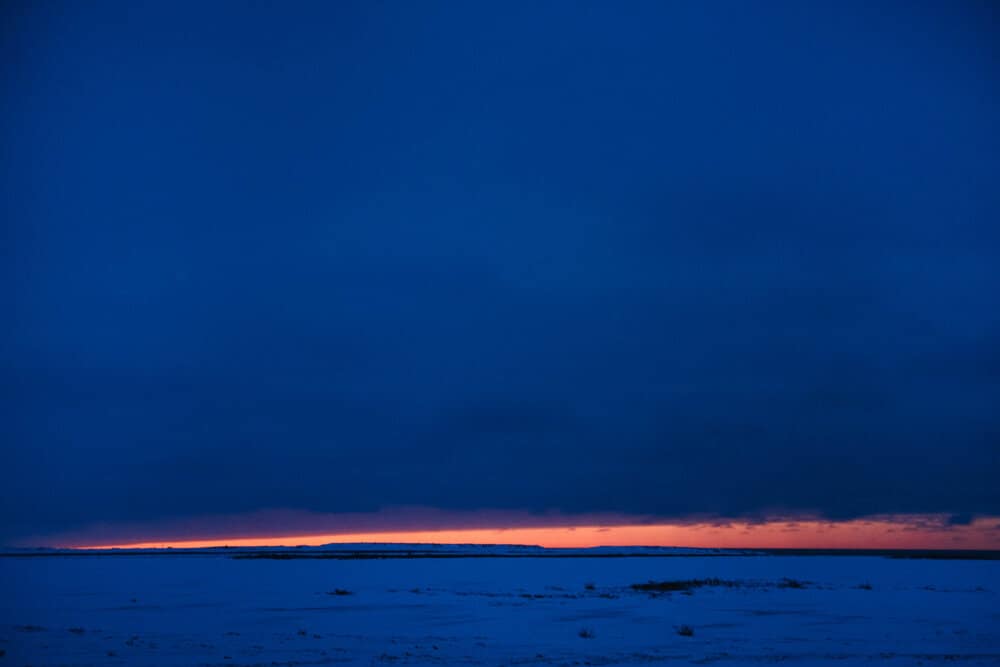
This story was originally featured in Modern Huntsman, Volume Three: Wildlife Management